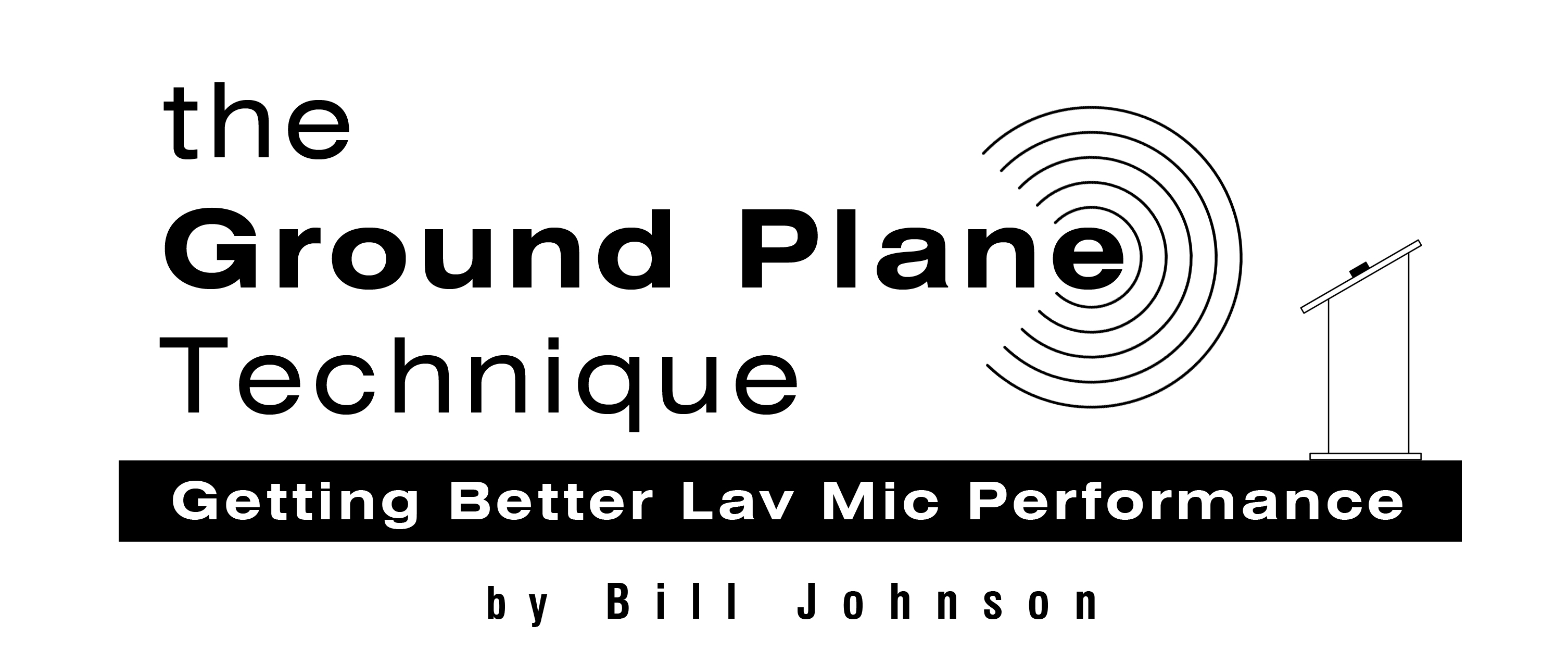In every church, cathedral, synagogue, etc. around the world, there is one paramount necessity: clarity and intelligibility of the spoken word.
Some of the factors that play a major role in perceived spoken word quality are the acoustic environment, loudspeaker configuration and placement, type of microphone used and flexibility of mixing console equalization controls.
 Typically, many pastors, priests, etc. rely on the use of lavaliere (a.k.a. lav or lapel) microphones to provide reinforcement for the spoken word. This type of microphone is typically worn on clothing, placed as close as possible to the mouth – usually on a tie, or the lapel of an outer jacket or robe. While these microphones provide great flexibility for the speaker; they can pose a great challenge for the audio operator.
Typically, many pastors, priests, etc. rely on the use of lavaliere (a.k.a. lav or lapel) microphones to provide reinforcement for the spoken word. This type of microphone is typically worn on clothing, placed as close as possible to the mouth – usually on a tie, or the lapel of an outer jacket or robe. While these microphones provide great flexibility for the speaker; they can pose a great challenge for the audio operator.
Another, more contemporary, microphone available is the head-worn boom microphone. This can provide good quality reinforcement with greater ease for the audio operator; although, care must be taken with placement. If the microphone is placed in front of the mouth, this could produce plosives, resulting in poor speech quality.
 Regardless of the microphone used, sufficient gain-before-feedback (GBF) is typically the greatest obstacle that audio operators are faced with. Without good GBF, intelligibility is severely compromised. This requires that the microphone be “rung out” before the service to ensure good GBF and sound quality; which is typically achieved with the use of an equalizer. Most mixing consoles provide a pseudo-parametric type of equalization filter – a great tool to help achieve good GBF.
Regardless of the microphone used, sufficient gain-before-feedback (GBF) is typically the greatest obstacle that audio operators are faced with. Without good GBF, intelligibility is severely compromised. This requires that the microphone be “rung out” before the service to ensure good GBF and sound quality; which is typically achieved with the use of an equalizer. Most mixing consoles provide a pseudo-parametric type of equalization filter – a great tool to help achieve good GBF.
If possible, insert an additional, external parametric equalizer (3-5 bands) into the microphone channel signal path. This will provide the filters needed to “ring out” the microphone – leaving the onboard equalizer of the mixing console for equalizing specifically the speaker’s voice. In other words, the external equalizer can be considered the “room” EQ and the onboard equalizer could be the “person” EQ. If you don’t have access to an external EQ, the proceeding steps can still be accomplished using the mixing console channel EQ with very good results.
- Bypass (or flatten) both the console and external equalizers.
- Ensure that the podium is located where it will be used during the service.
- Place the microphone on the podium surface; this creates a “ground plane” pickup. Secure with gaffer’s tape if necessary.
- On the mixing console microphone channel, slowly increase the amplitude of microphone signal to the loudspeaker system; just to the start of oscillation (“ringing”).
- Using the external EQ, set a filter to the appropriate frequency and decrease 2-5 dB.
- Repeat steps 4 & 5 until the desired GBF is achieved.
A good stopping point is when the fader has reached 0dB or you can speak from about 30-50 feet from the podium and be heard through the loudspeaker system. This should provide a good starting point from which to use the microphone for the service.
Once the external EQ is set, it should not be touched; write down the settings if necessary.
The onboard EQ can then be used to adjust the quality of the microphone; depending on the person speaking, placement of the microphone, etc.
This technique is very useful in most situations where many different speakers will be using the same microphone. Simply make the necessary adjustments with the mixing console channel EQ; leaving the external EQ alone. One important key to successful sound with a speech microphone is training your ears to identify the frequencies at which feedback occurs. Then, offending frequencies can be dealt with before becoming audible oscillation. And this comes with practice, practice, practice. 🙂


